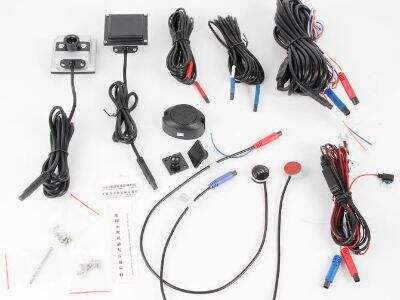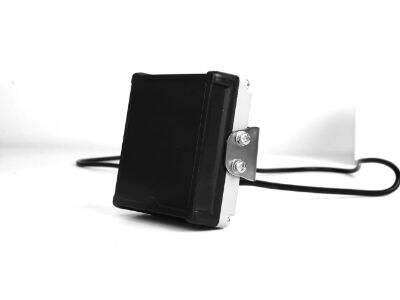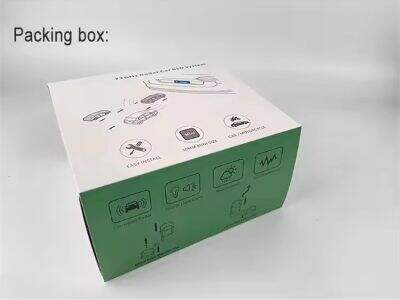Water level sensors |Introduction of mmwave sensors & Water level sensors provide information about the amount of water present in a tank or a reservoir. These sensors measure water, and relay that information for us as to how full the water is. Let’s see how they work, what are the different kinds of sensors and where we can find them in real life.
How Water Level Sensors Work:
Water level Sensors use various methods to detect the presence of water. The water level will also be detected by some sensors that have floats that float up or down. Others have sensors that measure how much electricity is in the water. As the water level rises and falls, the sensor detects it and transmits a message to a screen or control panel.

Different Categories of Water Level Sensors:
You can find countless water level sensors with different designs and working principles. One is a float switch that detects water level with a float. Ultrasonic sensors measure the distance to a liquid using sound waves. How does it work There are pressure sensors that measure the pressure of the water to determine the water level. Each sensor has its advantages and limitations depending on what we require.
Applications of Water Level Sensors:
There are a variety of tasks in which water level sensors come into play. For agriculture, these Monitors sensors monitor water levels in irrigation systems to ensure that crops receive an adequate supply. Factories, using water level sensors to maintain water level in cooling systems, protect the machinery against overheating. They are also used in municipal waste water treatment plants to measure water levels in tanks.
Benefits and Drawbacks of Water Level Sensors:
Common benefits of using water level sensors. They also provide us with real-time water level data to help us avoid under-provisioning or over-provisioning. They are simple to install and compatible with existing systems. But the sensors may face a few challenges, such as perhaps not being particularly sensitive in some contexts, or needing periodic servings for good performance.

Water Level Sensor The Next Generation
With advancements in technology, we can expect new and exciting concepts in water level sensing. It can deliver better accuracy and reliability. Wireless connections might allow us to monitor water levels from anywhere. In general, water level sensors in various jobs have a bright future.
SummaryWater level 77G Radar Sensor are very essential and important in monitoring the water in tanks, reservoirs, and other places. Various types of sensors can be used, based on how they work and can smartly manage water. We will continue to see advancements in water level sensors with newer tech. KYSAIL is committed to providing high-quality water level sensor products for our clients and a sustainable future.

 EN
EN
 AR
AR
 HR
HR
 CS
CS
 DA
DA
 NL
NL
 FI
FI
 FR
FR
 DE
DE
 EL
EL
 IT
IT
 JA
JA
 KO
KO
 NO
NO
 PL
PL
 PT
PT
 RO
RO
 RU
RU
 ES
ES
 SV
SV
 IW
IW
 ID
ID
 LV
LV
 LT
LT
 SR
SR
 SK
SK
 SL
SL
 UK
UK
 SQ
SQ
 ET
ET
 HU
HU
 TH
TH
 TR
TR
 FA
FA
 AF
AF
 MK
MK
 KA
KA
 UR
UR
 BN
BN
